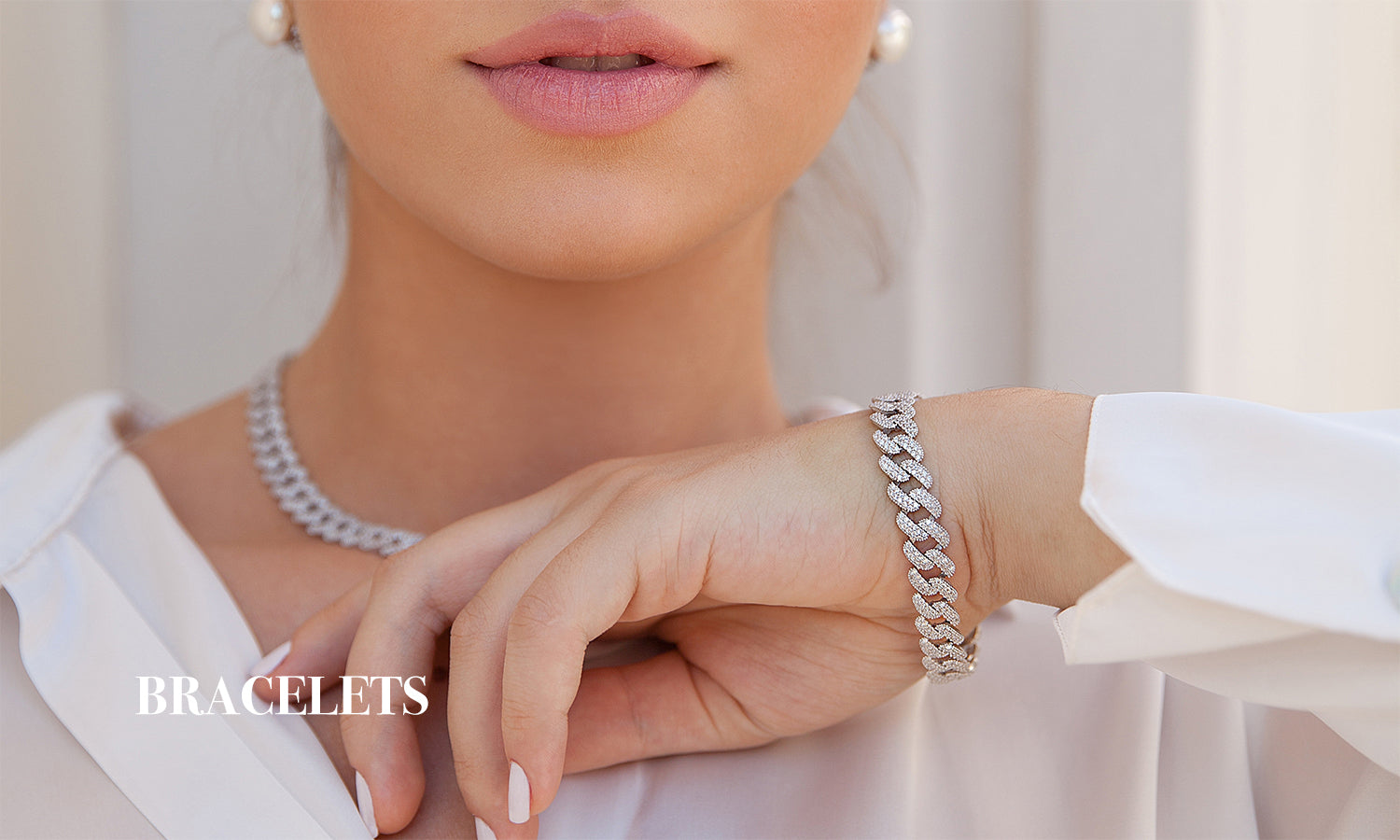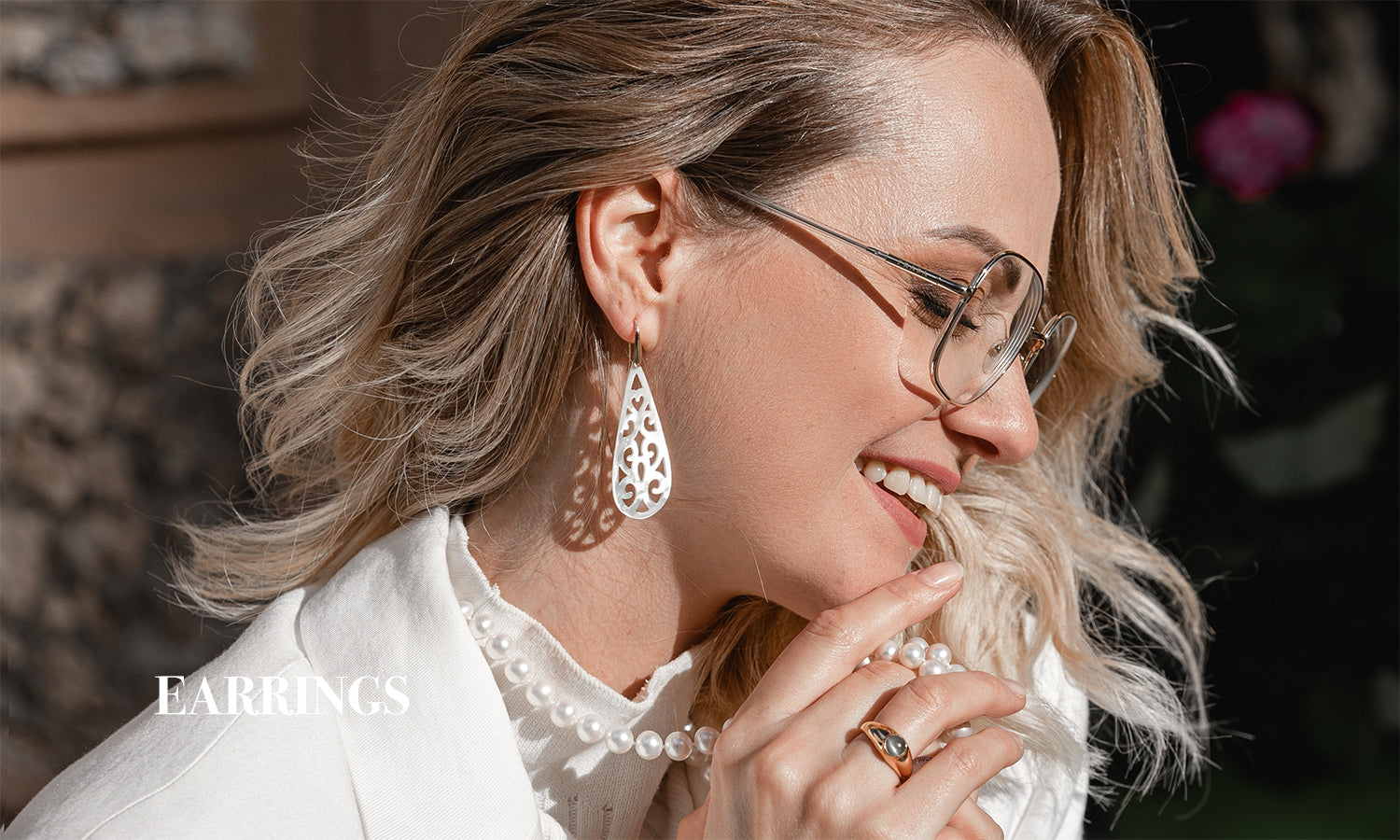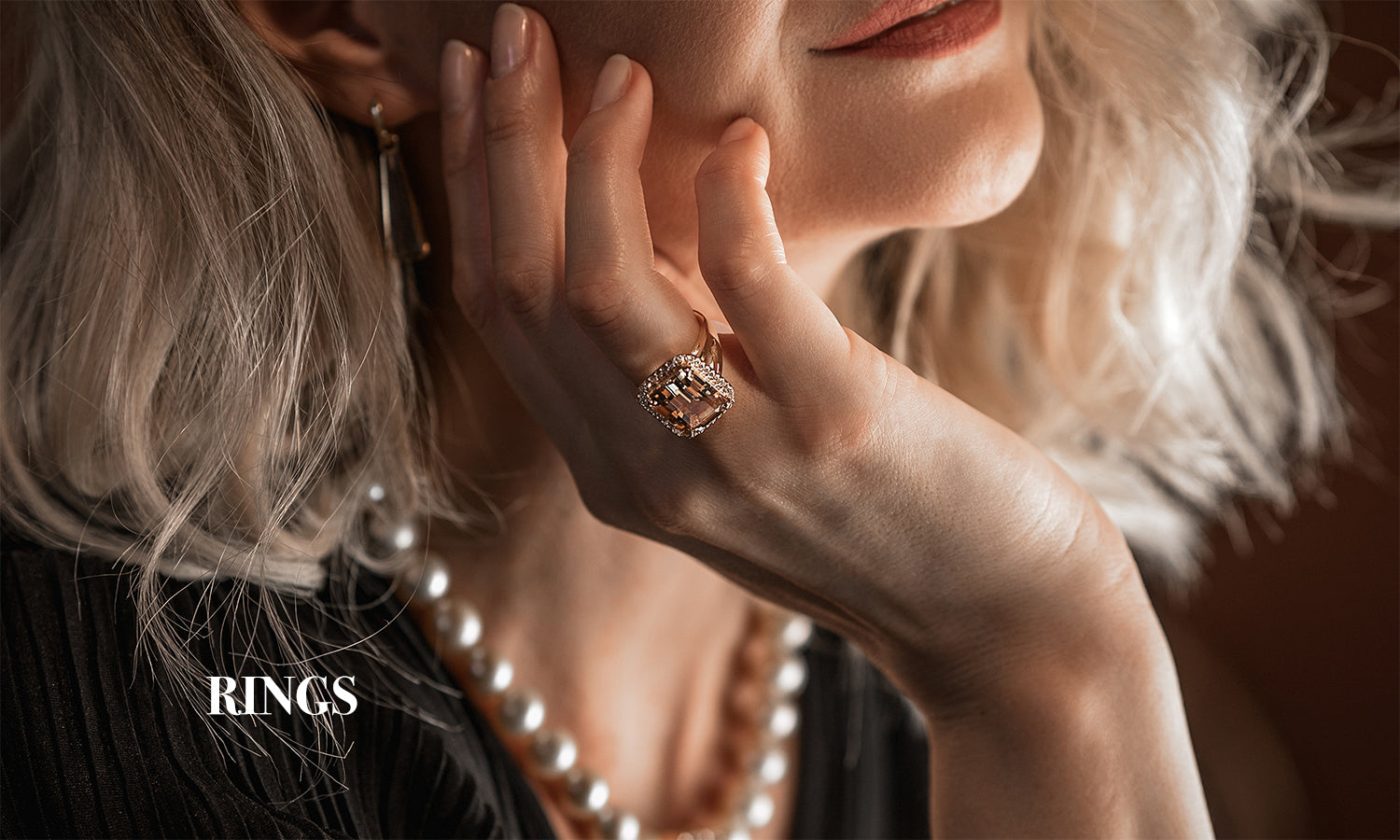
The history of rings
Share
Although rings are something very common and we probably believe that they do not have much history, the truth is that rings are one of the accessories that have more history. Today in Planderful we want to talk about their origin, the meaning they have had throughout history, and their evolution.
Origin of the ring
Already in prehistoric times, the ring had a great emotional significance. Away from its use to show power and wealth, it was used more as an element of union and recognition of peoples or tribes. In addition, at that time, rings always responded to religious motives and beliefs. Rings were made of bone, wood, stone, or shells.
Already in Ancient Greece, 1000 years before Christ, rings were made with gold strips around a finger. A few hundred years later, stones and ornaments began to be added to these strips, initially to draw attention away from the gold. Over time, these "additions'' would add value to the pieces.
In addition to the emotional value of the rings, this jewelry also began to be used as a talisman. The ring represented symbolism and fantastic properties that supposedly helped people in certain aspects of their lives. From rings of kings that made it invisible to symbolizations of a love put in danger because the ring broke. Rings meant everything to the culture and beliefs of those times.
For the Egyptians of five thousand years ago, the circle symbolized the mystery and eternity of life. In an old papyrus found in an archaeological excavation, one can read: "The ring, is it possible to know where its beginning and its end are? For the Egyptians of five thousand years ago, the circle symbolized the mystery and eternity of life.
Then the popular classes wore a copper ring with a sacred scarab. It was made of soapstone on which was inscribed the name of the owner and a magic formula to attract luck. With this protective ring, they were buried at death. It was a reminder of earthly life and a way to maintain self-awareness.
There were magic rings, such as Solomon's, on the inside of which was engraved with the phrase "this too shall pass away". Legend has it that the virtue of this jewel was to make the wearer happy when he was sad, and it was to this ring that Solomon owed his wisdom.
In contemporary culture, in J. R. R. Tolkien's book, “The Lord of the Rings”, an ancient esoteric belief is perpetuated, according to which the ring possesses magical powers and alludes to the protective circle of sacred and secret places: in this context, to take possession of a magic ring is to open a door, to know an arcane.
Where does the alliance come from?
Around 2800 B.C., the Egyptians used to give rings as an engagement in pre-nuptial ceremonies. The circular shape of the ring represents eternity since the circle has no beginning and no end. In addition, the Egyptian gods wore a ring with a golden circle, which meant that a covenant cannot be broken.
You can check this information on: Band For Life: The History of Wedding Rings
Already in Roman times, at the wedding, the groom gave his bride a double ring as proof of the alliance. At that time, owning a ring was only allowed to upper-class citizens. There were even ranks in this social scale depending on the ring. An iron ring signified prestige in the aristocracy. A gold ring was for priests and senators.
The Romans introduced the fashion of setting a warped coin, a custom that has remained to this day, and perhaps the link between the ring and the band. A thousand years before Christ, in Ancient Greece, rings were simple strips of gold around the finger. But around the 4th century B.C., the fashion of setting carnelian, amethyst, or almandine stone in bright red was born to divert the gaze of the eye-catchers. Those rings were also made of gold. Phrases such as "Do not love another" or "I will be faithful to you" used to be engraved on the inside.
It did not take long to become sacred and serve as a talisman. Among those found in the ruins of the first-century city of Pompeii, there are rings whose design alludes to married life. Two hands intertwined in a circle was the most popular ring in Rome. Others included a small key that signified that the owner of the ring was also the owner of her lover's heart and half of his fortune.
Clement of Alexandria advised Christians of the first centuries to engrave the symbols of Christianity on the ring: doves, fish, and anchors. They were quite expensive, citizens are believed to have gone into debt after celebrating a wedding because they had to pawn land or sell houses to meet the expense.
Gold and goldsmithing were more expensive in antiquity than in our time. Once at home, they exchanged the ring for an iron one and kept the gold one so that it would not be lost.

Rings in contemporary jewelry
Rings are a fundamental complement to jewelry. Jewelry, mainly rings, is a language and the best way to express oneself. Many of us speak with our hands. When you meet someone, the first thing they will see is your hands. And the fact is that the body language of your hands can say more about you than your words.
Although the use of rings is only aesthetic, the symbolism is still present. For example, there are different meanings depending on which finger you place your ring on. The ring can communicate to others everything from your marital status to an aspect of your personality.
Of course, what each finger means changes in each culture, time, and personal belief. That's why here's a quick guide from Planderful so you know what message to convey with each finger: What do rings mean according to the finger where it is worn?
Visit the Planderful website and discover the variety of rings for you.





